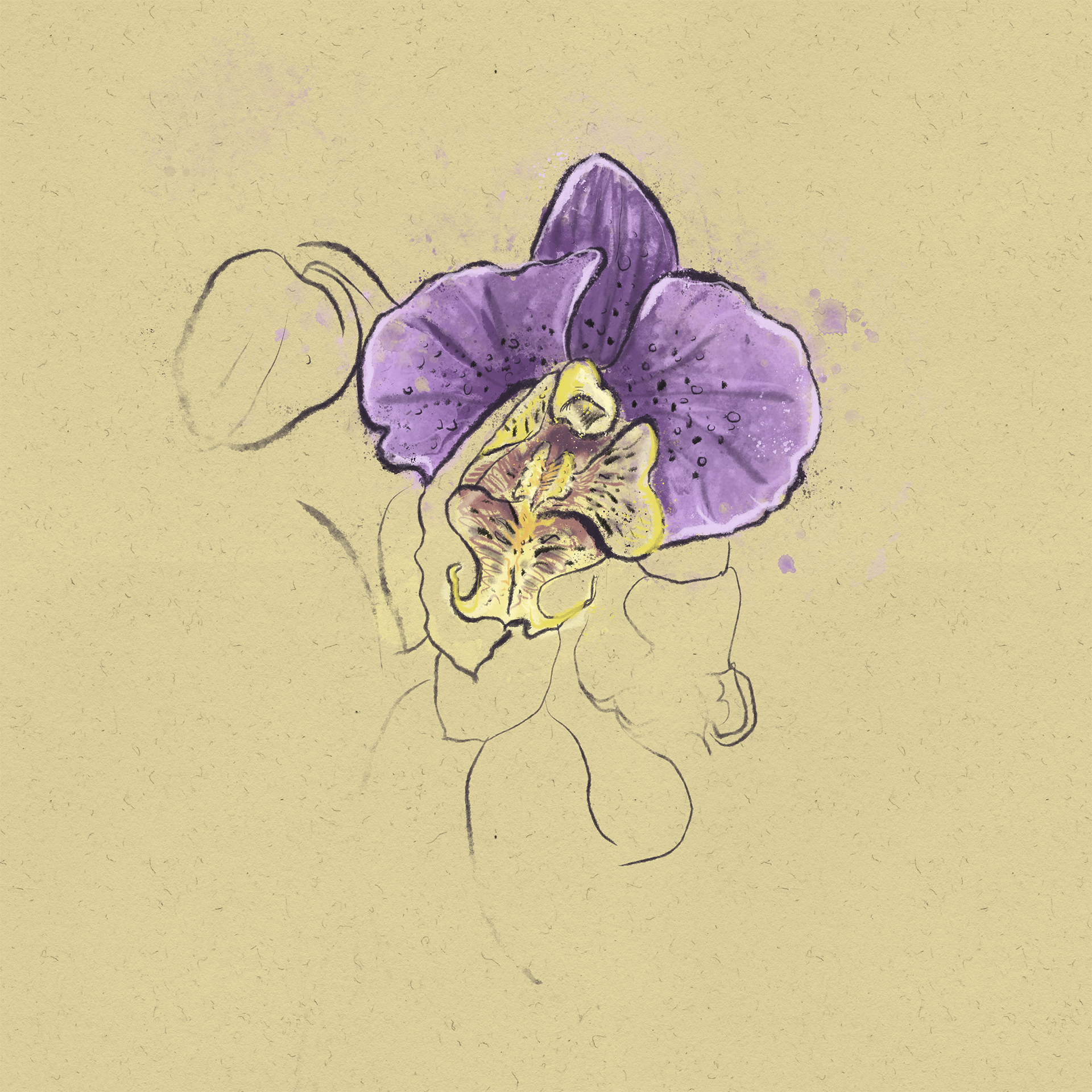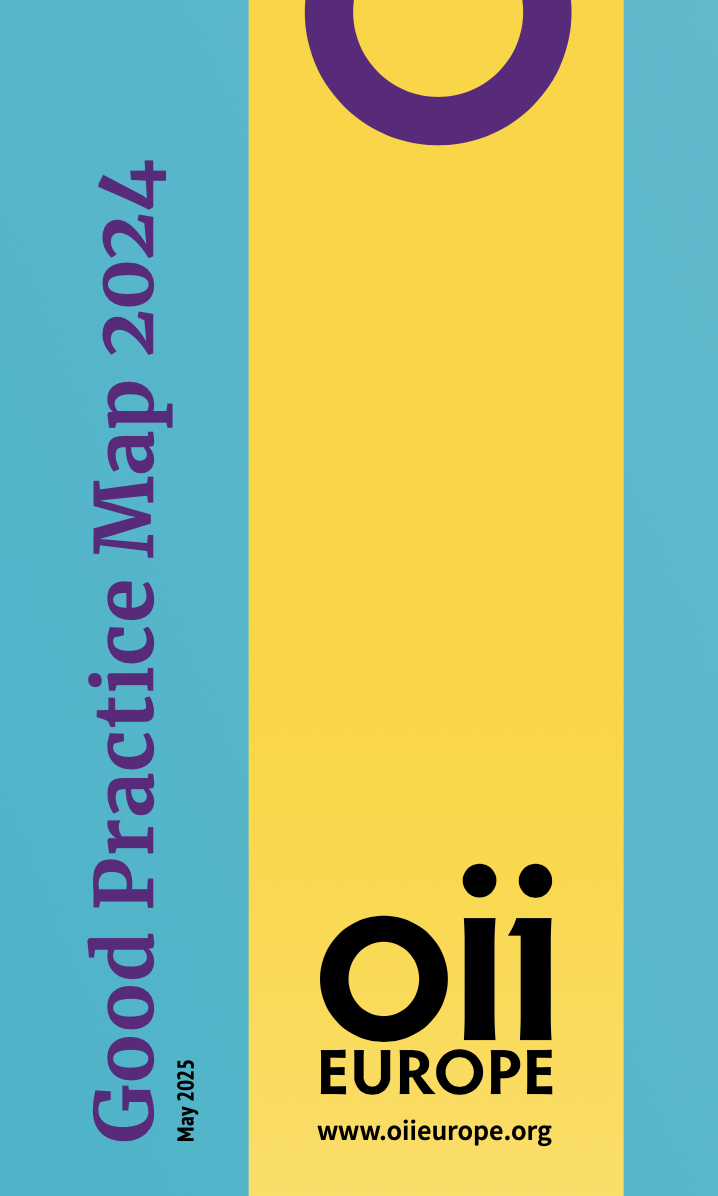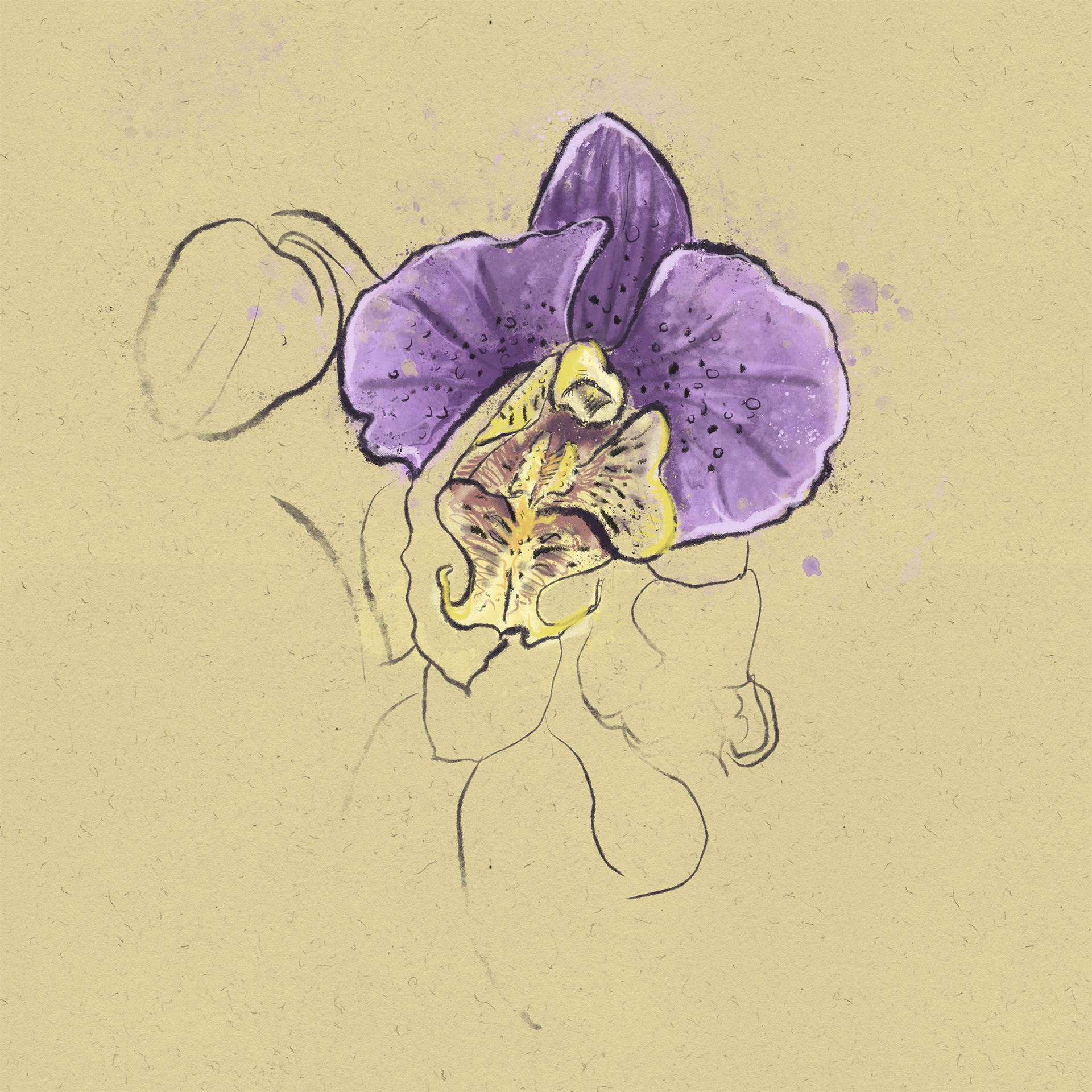
Intersex Genital Mutilation
- What is Intersex Genital Mutilation (IGM)?
- Medical interventions on intersex infants and children are still the rule
- Female Genital Mutilation (FGM) and Intersex Genital Mutilation (IGM) – commonalities to consider
- Indicators for effective protection of the rights of intersex people, in particular protection from IGM
What is Intersex Genital Mutilation (IGM)?
Intersex Genital Mutilation (IGM) is an intervention on a healthy intersex body. It is performed when, according to societal and medical notions, a person’s external genitals do not look “normal” enough to pass as “male” or “female” genitals.
Performing IGM was not always the default practice. Before the middle of the twentieth century, as a 2016 article of three Surgeons General of the United States points out, “most children born with genitalia that did not fit the male-female binary norm were not subjected to surgery”. Beginning with the 1950s, however, in “an era when pressure to conform to social norms was often unyielding”, the standard treatment protocol changed. Infants born with atypical genitalia were “increasingly subjected to surgical procedures such as clitoral reduction, vaginoplasty, gonadectomy, and hypospadias repair, primarily to ‘normalize’ gendered appearance, not to improve function”.22
The term IGM encompasses all harmful medical practices, including surgical, hormonal and other medical treatments to irreversibly modify sex characteristics of intersex persons for non-vital, cosmetic reasons.
Medical interventions on intersex infants and children are still the rule
In the World Health Organization’s 11th version of the International Classification of Diseases (ICD-11) people with variations of sex characteristics continue being pathologized and called disordered.
Since 2009 the United Nations Human Rights Treaty Bodies have called on UN Member States to stop human rights violations intersex people face in society and in medical settings more than 70 times. The Parliamentary Assembly of the Council of Europe (PACE) in its resolution “Promoting the human rights of and eliminating discrimination against intersex people” (2017), the European Parliament in its “Resolution on the Rights of Intersex People” (2019) and the European Commission in its “LGBTIQ Equality Strategy” (2020) all calling the Member States to end pathologisation and harmful medical treatment of intersex people, including surgeries and other medical treatment.
Still, many intersex infants and children but also intersex adolescents and adults are subjected to non-vital, invasive and irreversible surgeries and other medical treatments. In most cases, these interventions are not wished for by the intersex person themselves and in case of infants and children, most of them are deferrable until the person could make an informed decision.
For example a German study (2017) and its follow-up study (2019) on the quantitative development of feminizing and masculinizing genital surgeries in Germany on children with a variation of physical sex characteristics both prove the continued human rights violations in German hospitals with figures for the years 2015 and 2016. The follow up study reveals a frightening inability of medicine for a real departure from a normative, paternalistic and violent treatment practice. Despite progressively revised guidelines, the frequency of feminization and masculinization surgeries performed on under-ten-year-old children with variations in physical sex characteristics as inpatients has not decreased in relation to diagnoses from 2005 to 2016. Rather, it has remained broadly constant. On average, 1871 feminizing and masculinizing surgical procedures were performed per year throughout the study period, according to the study; in 2016, the number was as high as 2079 surgical procedures.
(Source: OII Germany)
Female Genital Mutilation (FGM) and Intersex Genital Mutilation (IGM) – commonalities to consider
While many legal contexts do not explicitly address intersex genital mutilation (IGM), female genital mutilation (FGM) is widely addressed in the European legal landscape.34 This legal differentiation, though, is largely arbitrary, and based in the same cultural assumptions and stereotypes that threaten the rights of intersex people to begin with.
QUICK GUIDE TO FGM AND IGM COMMONALITIES
FGM and IGM share many common characteristics, but vastly different explicit legal standards are in place. Here are explanations of some of the commonalities:
Framed in terms of the need to be accepted socially; however, for many intersex people, surgeries in their childhood and teenage years did not improve their situation concerning social inclusion or marginalisation.
Motivated by the notion that parts that are not considered female (or male) enough should be removed; in the case of intersex people this includes interventions on infants and children such as clitoris reduction/recession, removing the labia, moving the opening of the urethra to the tip of the penis, to name but a few.
Motivated by beliefs about what is considered acceptable sexual behaviour; in the case of intersex people, one of the common goals of those performing IGM is to allow for penetrative intercourse of the future adult and for an alleged ability to procreate. Neither the impossibility to foresee the future intersex adult’s gender identity, sexual orientation or sexual preference,37 nor the fact that the capacity for penetrative intercourse may be less important for the intersex adult than unharmed genitalia are taken into account.
Impactful on the person’s life and health; in the case of intersex people this includes impairment of sexual sensation, poorer sexual function, painful scarring, painful intercourse, increased sexual anxieties, problems with desire, infertility issues and lifelong trauma, including feelings of child abuse and sexual abuse.38
Social pressure to conform to gender roles and stereotypes about male and female bodies is common ground shared by FGM and IGM. Like FGM, intersex genital mutilation is carried out for cultural reasons, which, in the case of IGM, are based on the prevailing notion of the binary of human sexes.35 In a binary society “being human” is strongly connected – in everyday life as well as legally – to “being male” or “being female”, to being a “man” or a “woman”. Within that cultural construct, the birth of an intersex child has been treated since the 1950s as a “psycho- social emergency” that needs to be “fixed” by medical means, in order to “prevent parental distress”, to “protect” the child from experiencing discrimination as a result of their “ambiguous” genitalia and/or to prevent “lesbianism”, “tomboyism” or a “gender identity disorder” in the child;36 and while doing so, the intersex individual’s human rights to bodily autonomy and bodily integrity have been violated, often egregiously.
In 2014, the 24th Conference of Equality and Women Ministers and Senators of the German Länder (GFMK) pointed to the similarities between IGM and FGM and called for implementing a corresponding standard of protection for intersex children. The GFMK pointed out that “family law already prohibits guardians from consenting to the sterilisation of a child (§ 1631c BGB)” and that, “in the case of girls, parents cannot give effective consent to the removal or circumcision of the clitoris, as this is punishable as female genital mutilation (§ 226a StGB)”, but that intersex minors were “in fact often denied this protection by carrying out procedures that have a sterilizing effect or that alter the genitals of intersexual minors without their consent and without compelling medical indication”.39
In 2017, the BanFGM Conference on the worldwide ban on female genital mutilation decided to include victims of intersex genital mutilation in their supporting structure through the provision of essential services (medical, psychological and legal).40

IN THE MAKING: Put an end to IGM
In our Good Practice Map 2021 we introduced the webpage on IGM legislation in Europe, displaying developments in national laws banning non-vital, non-emergency medical interventions on intersex children in Europe. It will highlight both the positive points and the obstacles towards full protection.
Indicators for effective protection of the rights of intersex people, in particular protection from IGM
IGM Ban Indicator Checklist
The indicators aim to give policy makers and law makers a useful tool when preparing legislation to prohibit intersex genital mutilation and to establish comprehensive legal protection of the right to bodily integrity and self-determination of intersex people. They were developed based on analyses of existing IGM laws and consultation with intersex civil society across Europe about the essential elements that constitute a ban.
Footnotes*:
22 M. J. Elders, David Satcher, R. Carmona (2017): Re-Thinking Genital Surgeries on Intersex Infants, p. 1. https://www.palmcenter.org/wp-content/uploads/2017/06/Re-Thinking-Genital-Surgeries-1.pdf. For a short summary of a the development of the current practices see Amnesty International (2017), p. 17-19. A comprehensive historical overview is to be found in U. Klöppel (2010): XX0XY ungelöst. Hermaphroditismus, Sex und Gender in der deutschen Medizin. Eine historische Studie zu Intersexualität. Bielefeld: Transcript Verlag.
34 For examples, see: https://ec.europa.eu/info/policies/justice-and-fundamental-rights/gender-equality/gender-based-violence/eliminating-female-genital-mutilation_en
35 United Nations Office of the High Commissioner for Human Rights (2015), p. 1.
36 M.J. Elders et. al. (2017), p. 1; U. Klöppel (2010), p. 314-318, 479.
37 See: M. J. Elders et. al. (2017), p. 2.; see also: S2k-Leitlinie Varianten der Geschlechtsentwicklung 2016. Leitlinie der der Deutschen Gesellschaft für Urologie (DGU) e.V., der Deutschen Gesellschaft für Kinderchirurgie (DGKCH) e.V., der Deutschen Gesellschaft für Kinderendokrinologie und -diabetologie (DGKED) e.V., p. 5 https://www.awmf.org/uploads/tx_szleitlinien/174-001l_S2k_Geschlechtsentwicklung-Varianten_2016-08_01.pdf
38 See J. Woweries (2012), p. 7.
39 See: 24. Konferenz der Gleichstellungs- und Frauenministerinnen und -minister, -senatorinnen und -senatoren der Länder (GFMK) (2014): Tagesordnungspunkt 8.1: Rechte intersexueller Menschen wahren und Diskriminierung beenden – insbesondere Schutz der körperlichen Unversehrtheit https://www.gleichstellungsministerkonferenz.de/documents/2014_10_13_beschluesse_gesamt_extern_2_1510227377.pdf (translated from German by the author)
40 http://www.npwj.org/sites/default/files/ressources/BanFGM_RomeConefernce_DocumentStrategique.pdf
* the footnotes follow the numbering of those found in the legal toolkit “Protecting Intersex People in Europe: A Toolkit for Law and Policy Makers”
This page has been updated May 2025
If you like to learn more about intersex issues and read more of this type of content, please check out our toolkits for parents, allies and policy makers, or our expanding topic section.


